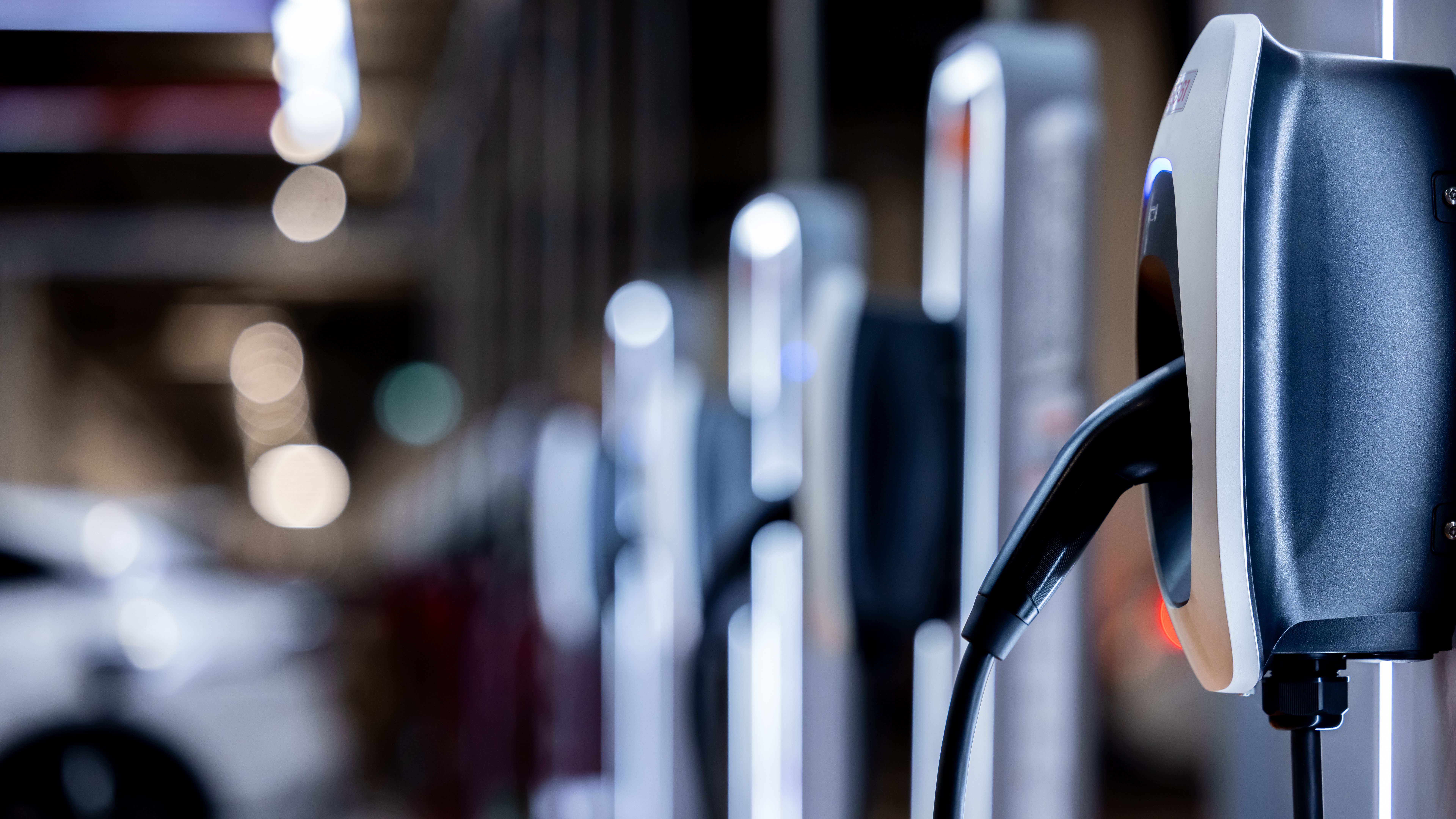Homeowners' Guide to EV Charger Installation in Spanish Fork
Understanding the Basics of EV Charger Installation
As electric vehicles (EVs) become increasingly popular, many homeowners in Spanish Fork are considering installing EV chargers at home. This guide will walk you through the essentials of EV charger installation, helping you make informed decisions for your home and vehicle.

EV chargers come in different levels, primarily Level 1 and Level 2. Level 1 chargers use a standard 120-volt outlet and are best for overnight charging. Level 2 chargers require a 240-volt outlet and provide faster charging times, ideal for those who drive frequently.
Choosing the Right Charger
Selecting the right charger depends on your specific needs. Consider your daily driving habits, the type of EV you own, and your home's electrical capacity. It's crucial to ensure that your home's electrical system can handle the additional load.

Consulting with a professional electrician can provide insights into any necessary upgrades to your electrical panel. They can also help determine the best location for the charger, ensuring convenience and compliance with local building codes.
Installation Process
Once you've selected the appropriate charger, the installation process involves several key steps. Here’s what you can expect:
- Assessment of your electrical system by a licensed electrician.
- Upgrading your electrical panel if necessary.
- Installing the charger and connecting it to your electrical system.
- Testing the setup to ensure everything functions correctly.

Professional installation is recommended to ensure safety and efficiency. Attempting to install an EV charger without the proper expertise can lead to electrical hazards or damage to your vehicle.
Costs and Incentives
The cost of installing an EV charger can vary based on several factors, including the type of charger and any necessary electrical upgrades. On average, homeowners can expect to spend between $500 and $2,500.
Fortunately, there are various incentives available to help offset these costs. Federal tax credits, state incentives, and utility rebates can significantly reduce your out-of-pocket expenses. Be sure to research the incentives available in Utah to maximize your savings.
Maintenance and Safety Tips
Regular maintenance is essential to ensure the longevity and safety of your EV charger. Here are some tips to keep in mind:
- Periodically inspect the charger and its connections for any signs of wear or damage.
- Keep the charging area clean and free of obstructions.
- Follow the manufacturer's guidelines for safe usage.

By staying proactive about maintenance, you can enjoy a reliable and efficient charging experience at home.
Conclusion
Installing an EV charger at home is a smart investment for EV owners in Spanish Fork. By understanding the installation process, selecting the right equipment, and taking advantage of available incentives, you can ensure a seamless transition to electric vehicle ownership. Embrace the future of transportation with confidence and convenience.